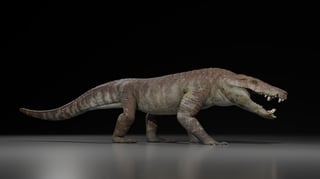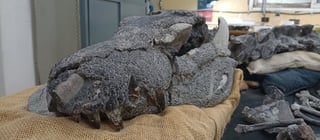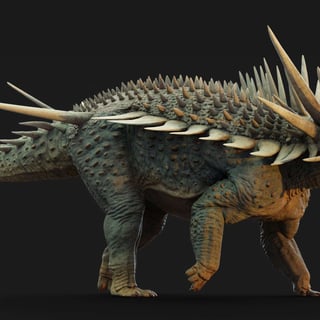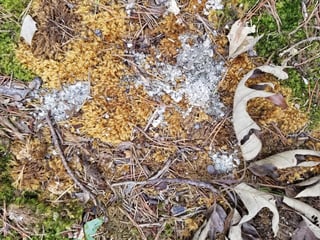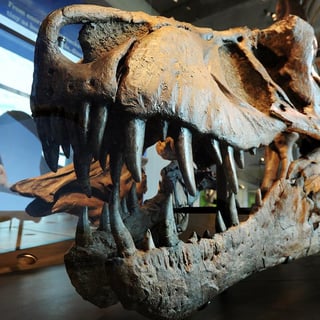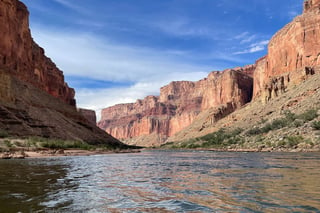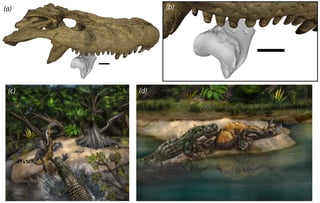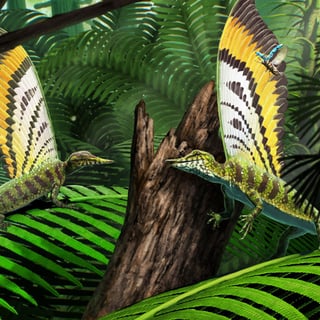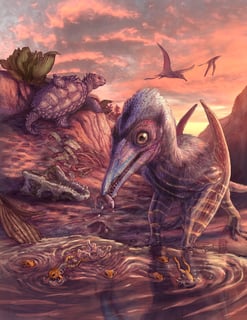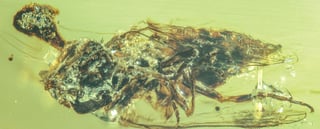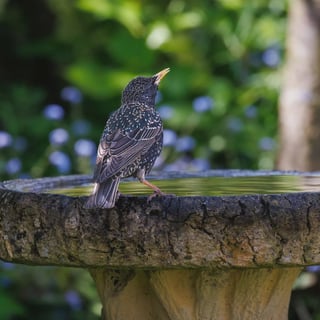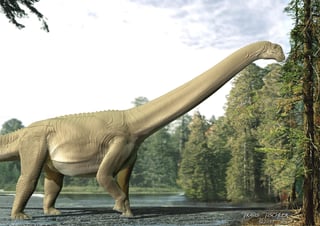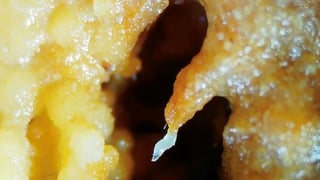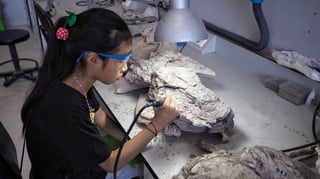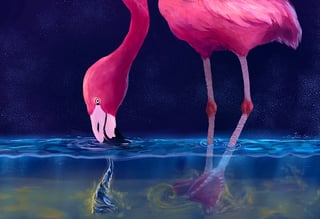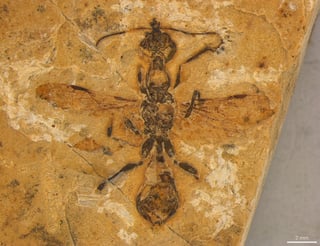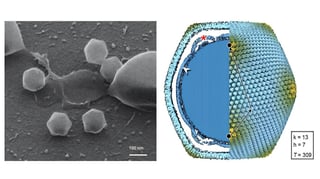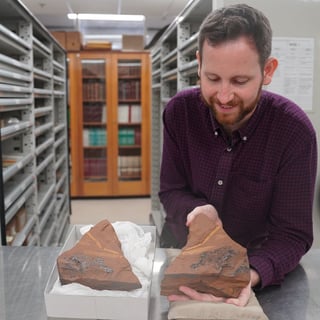Ancient Ecosystems Prehistoric Ecosystems Predator-Prey Relationships Marine Ecosystems Prehistoric Life Forest Ecosystems Tarantula Ecology Herbivores Cretaceous Ecosystem Radioactive Ecosystems Aquatic Ecosystems Terrestrial Habitats Pterosaur Feeding Strategies Predators Deep-Sea Ecosystems Cenozoic Era Microorganisms Arctic Tundra Amphibian Conservation Jurassic Ecosystems Dinosaur Diets Predator-Prey Interactions Permian Ecosystems Extinction Species Antarctic Ecosystems Ecosystem Engineers Gondwanan Ecosystems Tropical Forests Arboreal Mammals Refugiums Arctic Ecosystems Arctic Ecosystem Plant Communities High-Latitude Ecosystems Vegetation Types Animal Behavior Microbial Interactions Cretaceous Period Gondwanaland Wetlands Adaptation Herbivory Mesozoic Era Fungal Ecology Salish Sea Triassic Ecosystems Triassic Period Carnivorous Dinosaurs Carnivore Ecology Tropical Ecosystems Habitat Paleoecology Tropical Rainforest Bison Grazing Wetland Ecosystems Vegetation Structure Nutrient Cycling Australian Fauna Cambrian Ecosystems Marine Life Tick Populations Multi-habitat Landscapes Terrestrial Ecosystems Species Extinction Freshwater Ecosystems

Multi‑year experiments across the park link grazing plus waste inputs to microbial surges that enrich plants.
